Eneriqs
Maximize Savings, Minimize Cooling Expenses
67% of funding target

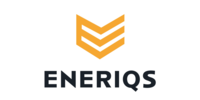
Highlights
Highlights
Revolutionary AI Technology that Predicts Buildings' Expected Energy Consumption
Eneriqs' breakthrough ChillerAI© system optimizes chillers' (commercial and industrial buildings' cooling systems) efficiency and function, with automatic and intelligent management of the cooling system, along with predicting the building's energy requirements. This is the only system that can proactively control chiller systems and predict changes in advance, as opposed to reacting to specific events only. Therefore, maximal air comfort (maintenance of optimal humidity and temperature levels) is ensured, with minimal chiller activity. Using designated sensors and continuous learning of the impact of external temperature and humidity parameters on internal ones, the company's algorithm creates an optimal chiller work plan and automatically synchronizes with the weather forecast.
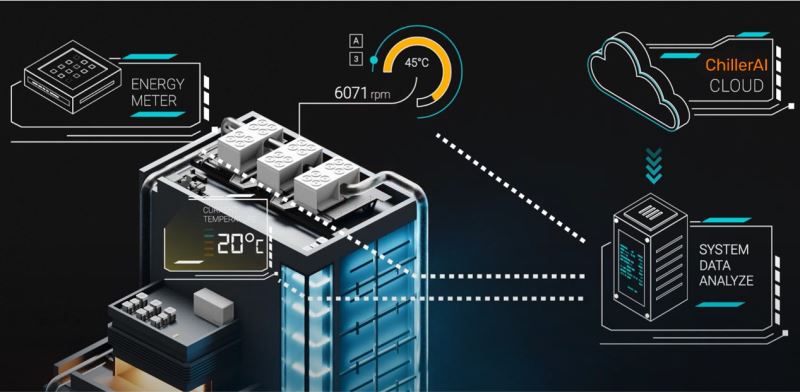
Guaranteed Substantial Savings on Yearly Cooling Expenditures
The global energy crisis has led to a significant increase in energy-related costs. Cooling operations account for 50-70% of commercial buildings' electricity consumption, including hotels, offices, assisted living facilities, and shopping malls. Eneriqs' technology optimizes the efficiency of energy consumption in commercial buildings—a market estimated at tens of billions of dollars, that can now alleviate annual cooling costs by 17-35%, as well as minimize environmental damage and improve air comfort. Furthermore, by optimizing chiller activity, the company manages to prolong chillers' shelf-life, due to reduced working hours and maintenance.

Patent-Protected Technology
Eneriqs holds a granted patent for its AI algorithm and its unique ability to control chiller operations.
Significant Goverment Grants and Private Investments
Since its founding, Eneriqs has been awarded grants from the Israel Innovations Authority, the European Innovation Commission, the Israeli Ministries of Energy and Economy, and an investment from the SIBF VC fund.

Commercial Activity in Israel and Abroad
In the current fiscal year, Eneriqs has achieved significant milestones in expanding its global footprint, notably in Italy, Sri Lanka, and Israel. In Italy, Eneriqs has strategically partnered for distribution with A2A, the country's second-largest energy provider, and consequently performed a successful pilot with UNA, Italy's largest hotel chain. Eneriqs has also formed a promising partnership in Sri Lanka as well with Orel Corporation (a leading regional company that deals with IOT solutions) which is actively implementing the innovative ChillerAI© technology across three key sites in Sri Lanka: the new Colombo City Center shopping mall and two hotels, including the prestigious Marriott Courtyard Hotel.
Moreover, Eneriqs has made noteworthy strides in Israel, where its advanced energy management system has been successfully deployed at the Royal Beach Hotel in Tel Aviv as a Beta Site. This installation resulted in an impressive 21% reduction in the hotel's energy consumption while maintaining the highest standards of air comfort. As part of its strategic initiatives in Israel, Eneriqs has initiated collaborations with two prominent brands, Vert Hotels and Big Bat Yam mall, with ongoing implementation projects at Dan Hotel and Sheraton Tel Aviv. Eneriqs has recently signed an agreement with Nestle in order to perform a first installation in a food factory facility.

Pitch
Pitch
Nowadays, commercial and industrial buildings such as office buildings, hotels, shopping centers, retirement homes, and factories are cooled by huge air-conditioners called "chillers", which have a unique operational mechanism. A chiller is an extremely powerful air conditioner the size of a small shipping container that is usually placed on the roof of commercial buildings. As opposed to normal air-conditioners found in homes, chillers do not cool the air by gas directly, but rather the gas cools water, and the water, that is pumped throughout the building, cools the air. Essentially, chillers are "dumb" machines that cool water to a set temperature.
This traditional and trusted technology is the most common method to cool large-scale commercial buildings, with chillers meeting 60% of market demand. A quarter of these buildings' average yearly energy consumption is spent on cooling purposes only—35% of which is essentially wasted. The reason for this is that chillers operate at maximum capacity even when there is no need when it is usually possible to maintain the internal temperature and air comfort with less energy investment. Commercial buildings contain an average of three chillers, with each chiller comparable to a couple of hundred standard air-conditioners. This helps us understand chillers' high power consumption levels.
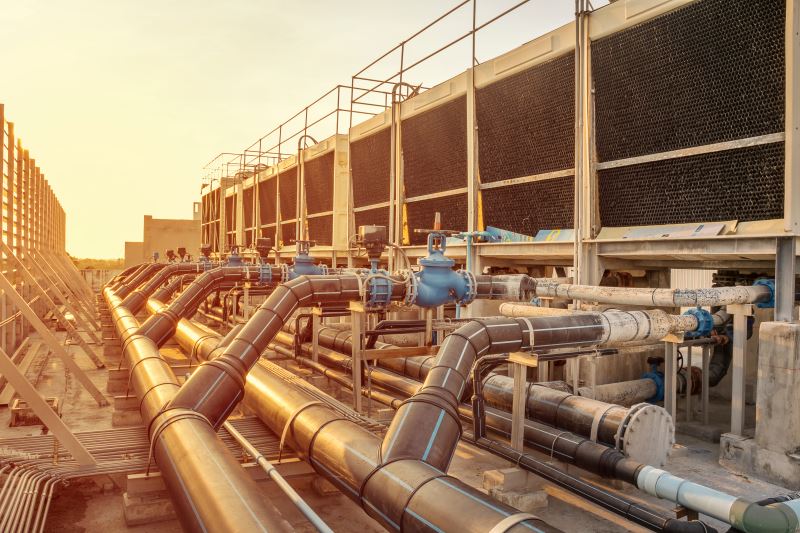
Chillers are usually accompanied by a central building management system (BMS). Generally, chillers pump cold water throughout the building, which returns to the chiller at a warmer temperature, after the building has been cooled. The pumped water's temperature (Water Set Point) is determined by the BMS system and is usually fixed and lacks any autonomy, therefore unsuitable to the building's dynamic indoor conditions. Fundamentally, these control systems only react to the parameters found in the chillers' surrounding, fail to receive feedback on the building's real-time temperature and humidity levels, and can't predict changes in advance and adjust themselves.
Commercial air conditioning raises three main operational challenges:
- A financial challenge- Commercial air conditioning accounts for the bulk of commercial buildings' energy expenses in countries with warm climates (southern Europe, southern US, and east Asia)—50-70% of overall electricity consumption, as these tend to operate year-round.
- An operational challenge- Chillers maintenance is complex due to machinery malfunctions and continuous breakdowns that reduce the machine's shelf-life.
- An air comfort challenge- Usually, the air is too cold or too humid in such buildings, due to static, nonadaptable, and out-of-sync chiller control centers.
The Need
The global energy crisis has led to a dramatic increase in energy expenditures mainly among developed countries and is one of the most prominent financial challenges they are facing. Uncertainty, inflation, and most importantly, expensive utility bills are having a negative impact on small and even larger businesses. Therefore, there is a strong and immediate need for new technologies that can help reduce electricity consumption and ease the cost of electricity bills, as well as minimize carbon emissions and environmental harm—in line with today's growing environmental awareness.
Over the years, different solutions have tried to meet this need among commercial air conditioning systems. However, these failed to effectively reduce energy consumption and bring forward an innovative breakthrough to the industry. These systems are based on a passive approach and do not utilize the technological toolbox that exists on the market. Moreover, these are not proactive or automatic in managing chiller performance according to the building's energy consumption forecast, instead, react to specific events. These solutions also display poor ability in controlling air comfort and optimally adjusting the temperature and humidity.
The Solution
Eneriqs help to alleviate the cost of energy for cooling large buildings, along with their carbon footprint. With cloud-based software and a revolutionary algorithm that optimizes the efficiency of industrial chillers, Eneriqs' solution significantly minimizes cooling expenses while maximizing air comfort. Using AI and machine learning, the company's patented ChillerAI© predictive algorithm can foresee changes, proactively control the building’s chiller system and optimize its operation, without any human intervention. Consequentially, companies can save a minimum of 17% of their entire yearly cooling expenses and carbon emissions; enhance chiller maintenance status by reducing working hours; and improve air comfort. The system is comprised of simple off-the-shelf hardware that is easy to install and operate, can be integrated into all types of chillers, and is not dependent on any other system.
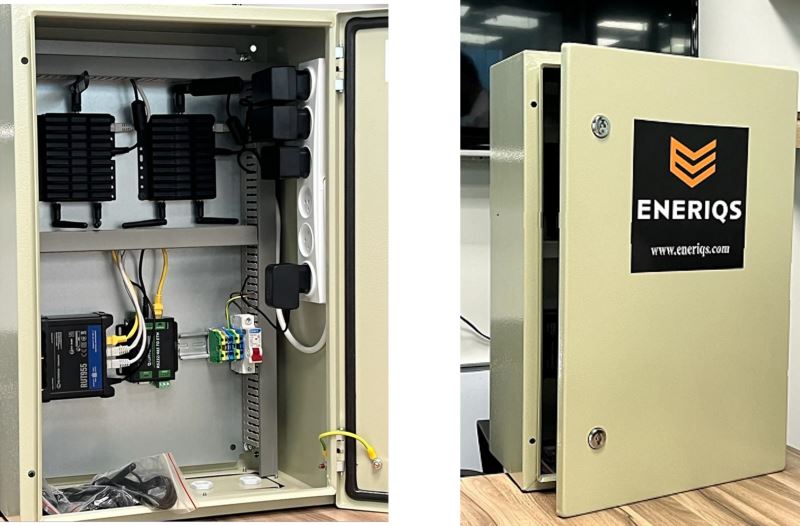
The Technology
ChillerAI includes a smart AI algorithm that considers predicted data on external and internal temperatures, humidity levels, weather forecasts, sun radiation angles, real-time chiller parameters, the number of people in the building at different hours of the day, and many more. All of this help to create a thermodynamic map of the building, which will enable the prediction and calculation of the optimal energy output needed by the chillers in order to ensure the desired temperature with the best air comfort, completely autonomously. These parameters are analyzed and displayed in a web-based user interface (GUI) that is accessible to users from any device, allowing continuous monitoring of the building's condition and chiller activity, along with easy ON/OFF control of the entire system. Eneriqs utilizes hardware that is integrable into any infrastructure and allows the precise measurement of different parameters using wireless temperature and humidity sensors, an energy meter, and industrial PCs—without any invasive installation.
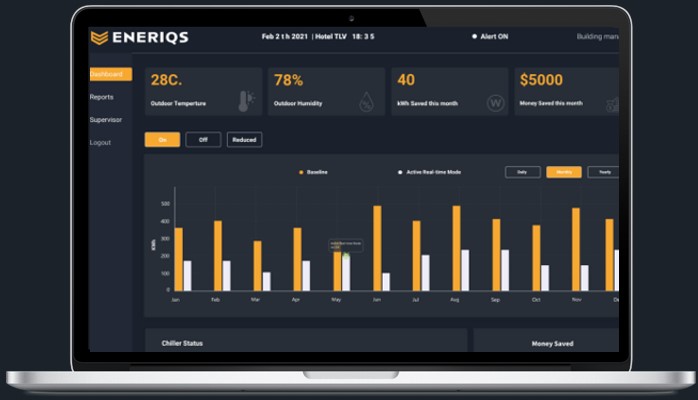
Eneriqs technological advantage lies in its ability to create a real-time dynamic and reactive Set Point workflow, according to indoor and outdoor parameters, thus reducing yearly electricity consumption for cooling purposes and maintaining optimal indoor conditions.
.png)
Team
Team
|
Niv is an energy-efficiency expert, with 15 years of experience in initiating, leading, executing, and managing end-to-end energy-efficiency projects in the industrial and commercial global markets. in the past years, he held senior positions in high-tech energy-efficiency companies.
|
|
Izidor has 40+ years of experience in the industry.
Before founding Eneriqs in 2012, he was a consultant for IAI and the CEO of Comverge IL.
|
|
Colonel (reserve) Amir served in the IDF for 29 years and has significant experience in field roles, alongside experience in managing complex, resource-intensive systems and budgets.
In recent years, Amir has run a real estate company and a cannabis company.
|
|
Tamara has 30+ years of experience as a software manager, among them at Comverge.
Tamara joined Eneriqs as a founder and a software manager, and led the development of an artificial intelligence system for managing chillers.
|



